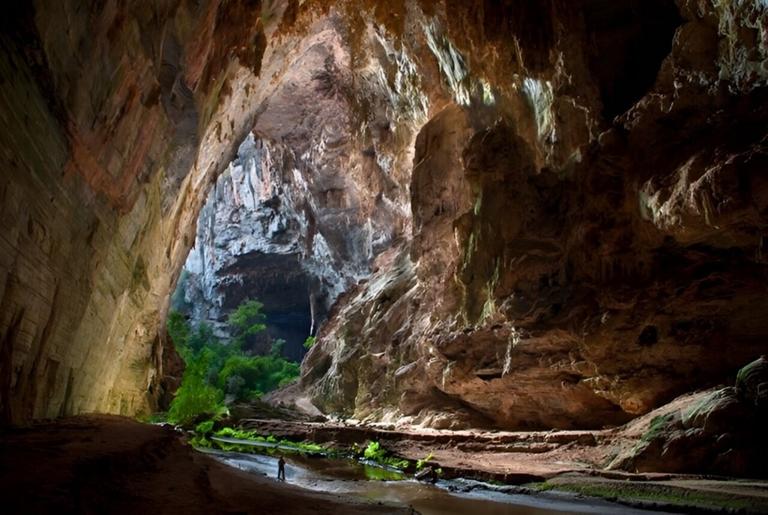A study conducted by researchers at the University of São Paulo (USP) in Brazil and reported in an article published in Nature Communications shows that the Cerrado, Brazil's savanna biome, is experiencing the worst drought for at least 700 years. Here's why.

The effects of global warming have been particularly intense in the central region of the country, where the rise in temperatures is about 1 °C higher than the 1.5 °C global average. This has produced hydrological disruptions because the temperature near the surface is so high that a significant proportion of any rain that falls evaporates before it can penetrate the soil, leading to changes in the pattern of rainfall, with fewer but extremely heavy rainstorms and less aquifer recharging. The drought could dry up the tributaries of the São Francisco, the largest river in the basin of the same name that spans seven Brazilian states.
The researchers analyzed records of temperature, rainfall, streamflow and hydrological balance from the Januária weather station, one of the oldest in the state of Minas Gerais, with records dating from 1915, and correlated them with variations in the chemical composition of stalagmites in a cave in the nearby Peruaçu Caves National Park.
"We used geological data to extend the perception of drought caused by global warming to a period long before the weather station's records began, and were able to reconstitute weather patterns as far back as seven centuries. This proved that the Cerrado is drier than it was and that the dry weather is associated with the disruption to the hydrological cycle caused by the rise in temperature due to human activity, especially greenhouse gas emissions," Francisco William da Cruz Junior, a professor at the Institute of Geosciences (IGC-USP), told Agência FAPESP. Cruz is one of the authors of the article, whose first author is Nicolás Strikis, also affiliated with IGC-USP.
"The message is that there is no parallel with the drought that's occurring now. It's important to note that our study identified a rise in temperatures starting in the 1970s. This rise hasn't yet reached its peak. The phenomenon is expected to become even worse," Cruz added.
Onça Cave, a jaguar's hideout where stalagmite chemical composition data was collected, differs from other caves studied by the group in that it has a wide-open entrance and is influenced by variations in external temperature even though it lies at the bottom of a 200 m canyon.
"Onça Cave's connection to the outside climate enabled us to determine that the drought also alters the chemistry of the speleothems [mineral deposits formed from groundwater within underground caves, including stalagmites and stalactites]. The increase in evaporation due to warming decreases the groundwater recharge that feeds the drip water in the cave. Chemical changes in the rock, associated with evaporation of the water, showed us that the ongoing drought is unprecedented."
The study was part of a larger research project designed to reconstruct climate variability and change during the millennium 850 CE–1850 CE using speleothem and tree-ring records from central-eastern South America.
"The new methodology and validation of the data analyzed in our study pave the way for more research in other caves, regions and biomes. This kind of approach can be used to reconstitute the climate in Brazil more precisely," Cruz said.
Geological studies that serve as a basis for global warming scenarios typically use ice cores collected from glaciers at the poles. Bubbles of air in the cores provide samples of the atmosphere from the remote past from which scientists can estimate levels of greenhouse gases.
"Our study innovates by using speleothem chemical data to detect hydrological cycle variations and associate these with the changes induced by warming in the tropics," Cruz said.
The group has also analyzed fossil trees from the Peruaçu Caves National Park for paleoclimate studies. "Fossils of Amburana cearensis are found in the caves. They've been protected from sunlight for over 500 years. By combining the results of our study with the research that's being done on these fossil trees, we've obtained independent data relating to this same phenomenon," Cruz said.
Sources:
Military+Aerospace Electronics
https://phys.org/news/2024-05-drought-brazil-cerrado-worst-centuries.html .
Provided by the IKCEST Disaster Risk Reduction Knowledge Service System
Comment list ( 0 )
